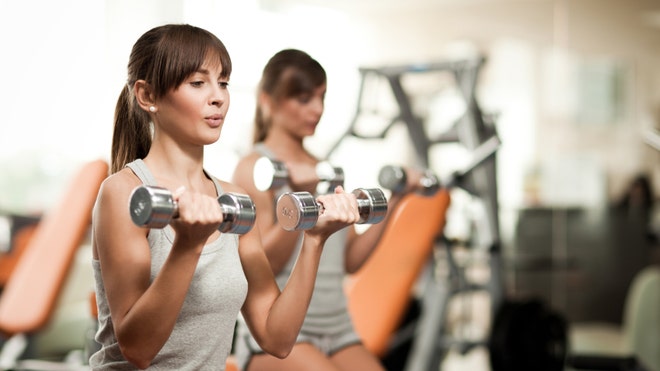
It’s a brand new year, and we all want to get a jump on eating healthy. But sometimes we focus too much on counting grams of fiber or protein, or we focus in on specific nutrients. An easier (and definitely more fun) approach is to simply add more color to your meals and snacks.
In Eating in Color: Delicious, Healthy Recipes for Your and Your Family, I share recipes and tips for bringing more color to your table in a fun, stress-free way. The book highlights the entire spectrum and inspires you to add health-boosting fruits, veggies and whole grains to your diet by adding as many colors to your plate as possible. Fruits and vegetables contain compounds that reduce the risk of heart disease and stroke, some cancers, chronic respiratory diseases, diabetes and obesity. Most of us don’t get enough fruits, veggies or whole grains, so adding a couple of extra servings a day will go a long way to making us all healthier.
Here’s a guide to “Eating in Color” and the benefits that each color family provides.
Reds
This bold and beautiful family of fruits and vegetables is certainly physically attractive, but it also boasts a wide range of heart-healthy nutrients. Many members of the red family contain high levels of the antioxidant vitamin C, potassium and fiber. Vitamin C helps fight damage caused by free radicals throughout the body. Potassium is essential for maintaining normal blood pressure and keeps your heart beating regularly. And soluble fiber, found in many red fruits, helps lower “bad” LDL cholesterol.
Foods to try: pomegranates, raspberries, strawberries, watermelon, radishes, tomatoes, beets, red peppers, radicchio, rhubarb, cherries, cranberries, red apples, red onions
Oranges
The orange family ranges from delicate apricots to sturdy winter squash, but one thing they all have in common is a very special nutrient: beta-carotene. Beta-carotene is converted to vitamin A in the body and is needed for skin and eye cell growth. It’s also vital for a healthy immune and reproductive system.
Foods to try: pumpkins, orange peppers, sweet potatoes, butternut squash, mangos, oranges, apricots, peaches, cantaloupe, carrots
Yellows
The yellow family ranges from fragrant Meyer lemons to earthy yellow beets and is a little tough to categorize. This sunny group finds common ground in its wealth of antioxidant-rich compounds, which help fight chronic diseases including cancer and heart disease.
Foods to try: yellow beets, star fruit, yellow figs, lemons, yellow bell peppers
Greens
Green is Mother Nature’s favorite color. She uses it to color everything from leafy herbs to creamy avocados to refreshing cucumber. Most members of the green family are super slimming, with less than 50 calories per cup, so it makes sense to load up your plate with them. They also offer up antioxidants for longevity-boosting benefits. And many greens are a great vegetarian and vegan source of iron, as well as the B-vitamin folate, which is essential for a healthy pregnancy.
Foods to try: arugula, kiwi fruit, avocado, broccoli, spinach, cucumbers, zucchini, kale, fennel, Brussels sprouts, asparagus, edamame, mustard greens, sugar snap peas, herbs, lime, watercress
Blues, Indigos and Violets
It’s good to have the blues. This family of foods delivers high amounts of anthocyanins – a type of antioxidant that fights inflammation and may help reduce the risk of heart disease and cancer. And certain members of this gorgeous crew may also help keep your memory sharp and boost brainpower.
Foods to try: purple cabbage, blueberries, blackberries, eggplant, plums, prunes, figs, eggplant, purple potatoes, grapes, purple carrots
Blacks and Tans
This group may not be colorful in the traditional sense, but they still bring a lot to the table. Rich in fiber and antioxidants, these whole grains, legumes, fruits, fungi and seeds add big flavor and texture to meals and reduce your risk of diabetes and heart disease. Also, it includes everyone’s favorite – chocolate.
Foods to try: coconut, mushrooms, olives, chocolate, chia seeds, hemp seeds, barley, flax seeds, quinoa, black rice, freekeh, black beans








